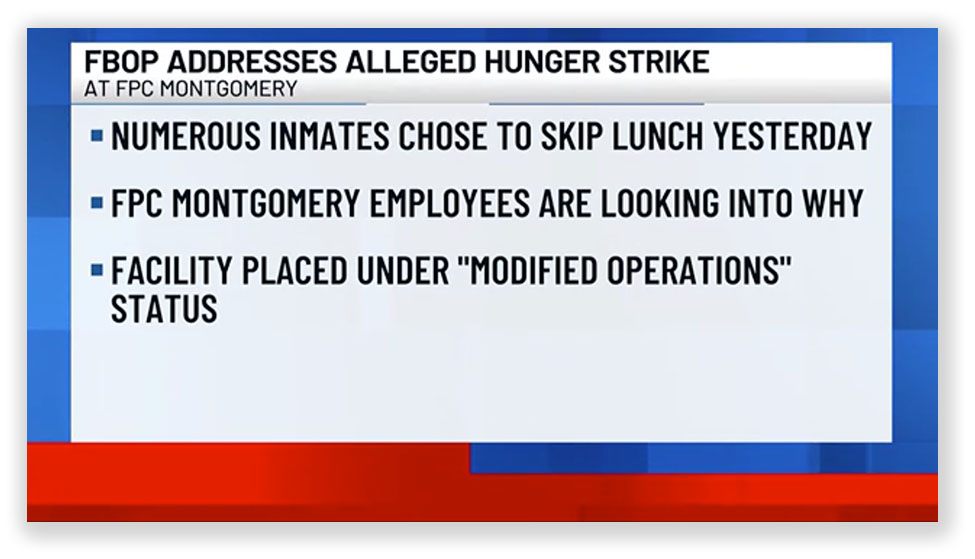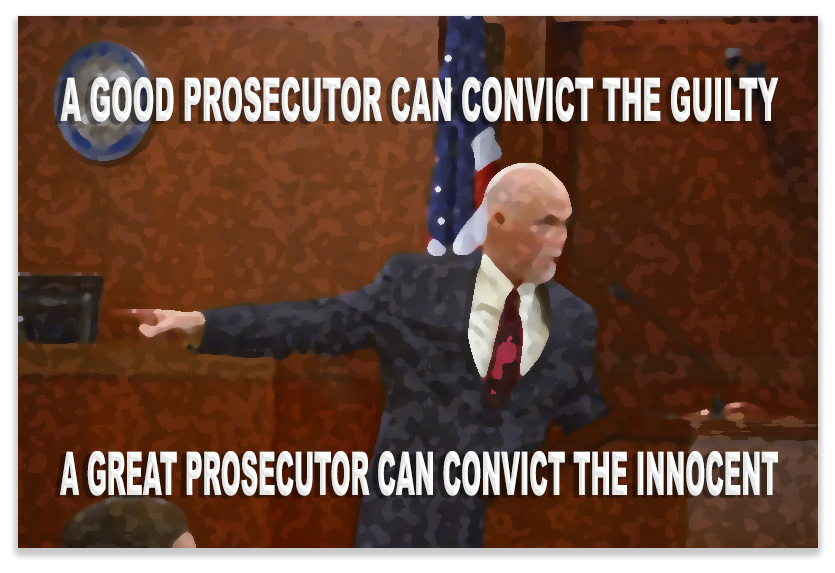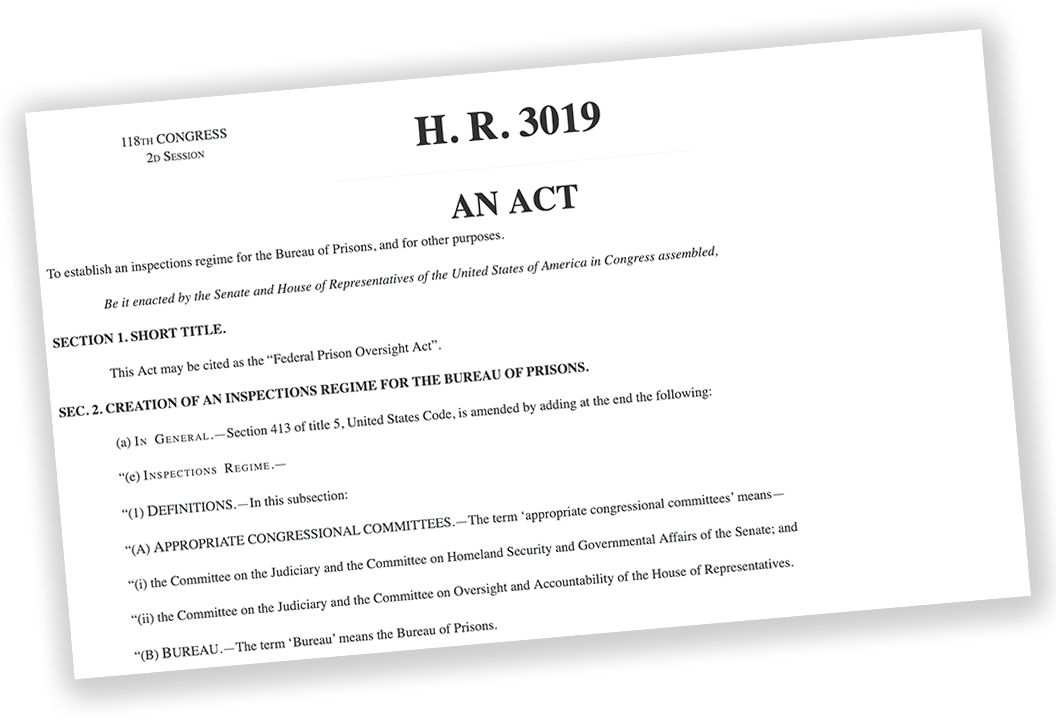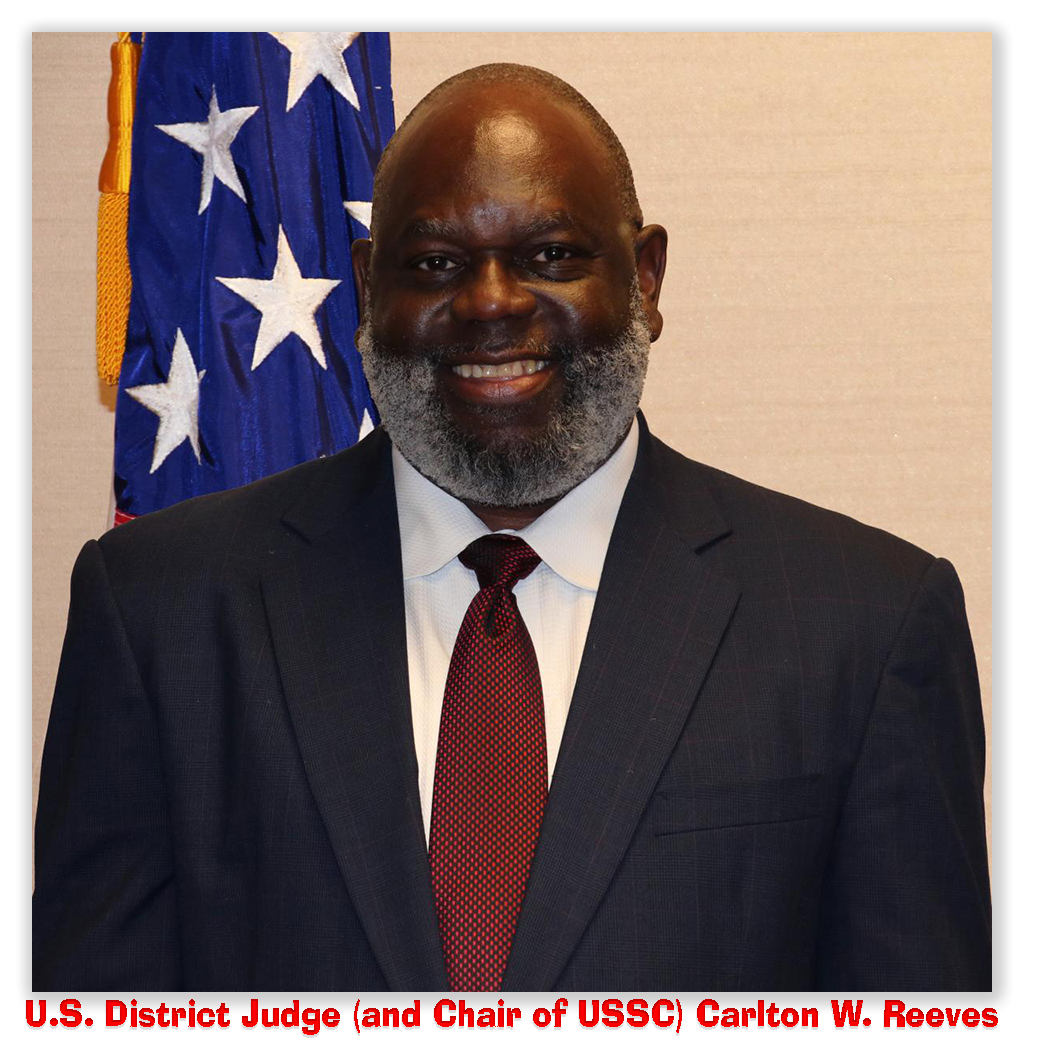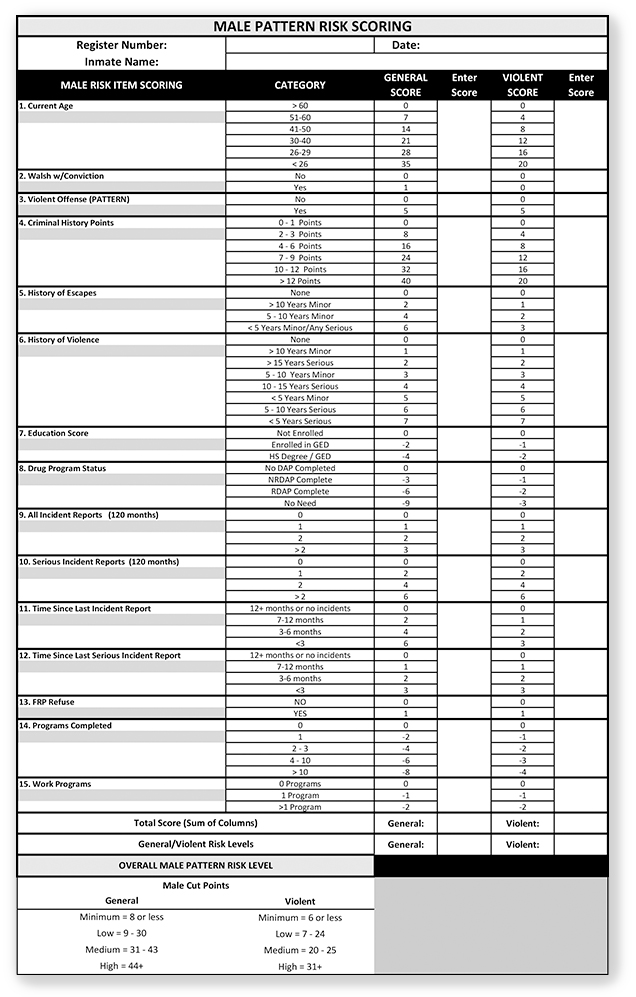We post news and comment on federal criminal justice issues, focused primarily on trial and post-conviction matters, legislative initiatives, and sentencing issues.

INMATES RESTIVE OVER FSA CREDIT MISFEASANCE
 Walter Pavlo reported in Forbes last Friday that despite BOP Director Colette Peters’ statement to a House Judiciary Subcommittee two months ago that the agency is now using a forward-looking calculator for First Step Act credits – credits earned for successful participation in programs intended to reduce recidivism – the calculator remains only partly implemented, leaving federal inmates confused and frustrated.
Walter Pavlo reported in Forbes last Friday that despite BOP Director Colette Peters’ statement to a House Judiciary Subcommittee two months ago that the agency is now using a forward-looking calculator for First Step Act credits – credits earned for successful participation in programs intended to reduce recidivism – the calculator remains only partly implemented, leaving federal inmates confused and frustrated.
The BOP is now calculating both a Projected Release Date – which shows a release date calculated only on how many credits have been awarded to date – and a Conditional Release Date that predicts how many credits the prisoner is likely to earn over his or her remaining sentence. Pavlo wrote that “case managers are confused over which one should be used for planning purposes. It may seem obvious that the Conditional Release Date would make more sense, but that is not how it is working.”
Pavlo reported that at the Federal Prison Camp at Maxwell Air Force Base in Montgomery, Alabama, prisoners engaged in a food strike last week, planning to continue until staff ensures that “their concerns are addressed.”
In keeping with its policy of maximum opacity, the BOP issued a public statement saying only that “numerous inmates” skipped lunch and that BOP employees “are looking into why.”
Pavlo knows why, as does anyone who has followed the BOP’s messy and incompetent implementation of the First Step Act. He explained:
Many prisoners there are eligible for FSA credits and they lined up outside of case managers’ offices last week to get answers to a simple question, “When am I leaving?” Tensions rose as prisoners were told to leave their units from 7:00am until 3:30pm as those meeting with case managers were not getting straight answers. According to prisoners I spoke with on condition of anonymity, tensions are high as case managers could not provide answers as to what the BOP’s position was on the new calculations.
While local news in Montgomery provided some information about the unrest at the federal prison, personal accounts from family members poured in telling of concern of escalation from staff who are taking away television time, visitation, computers and microwaves. “This is all about the BOP not giving us answers to things we know about from reading the First Step Act law,” said Donavan Davis a prisoner at FPC Montgomery, “I should be home now and nobody is listening.”
Pavlo reported that “[p]risoners told me that the BOP is not being clear about its position on First Step Act credits being awarded and many believe they are now being held against the law. Some provided information that confirms they could have been placed on home confinement months ago…”
I have heard from a number of inmates whose Conditional Release Dates have already passed without any indication from BOP officials that they are being placed in halfway house or home confinement as required by law. BOP Director Peters told the House Subcommittee on Crime and Federal Government Surveillance in July that “the shortage of halfway house space, the primary means of monitoring those on home confinement, is at a crisis level.”
We already knew that, but Pavlo underscored the BOP failure: The “limitation of halfway house space is keeping people in prison longer, and apparently, many have had enough.”
Diverse reports from prisoners in facilities across the BOP suggest that institutions are responding to prisoner demands for release on their Conditional Release Dates by refusing to provide inmates with copies of their FSA credit sheets. The theory apparently is if ignorance is not bliss, at least it deprives the “adults in custody” of proof that they’re being denied their rights and thus grounds for complaint.
 Food strikes aren’t going to make the BOP honor FSA credits. The BOP takes any organized protest by inmates as a serious matter, akin to a riot. The outcome is never good for the prisoners. The matter has to be solved in court, and the sooner the better.
Food strikes aren’t going to make the BOP honor FSA credits. The BOP takes any organized protest by inmates as a serious matter, akin to a riot. The outcome is never good for the prisoners. The matter has to be solved in court, and the sooner the better.
Forbes, Bureau Of Prisons’ Issues With First Step Act Leads to Food Strike… (September 14, 2024)
House Subcommittee on Crime and Federal Government Surveillance, Oversight Hearing on Federal Bureau of Prisons Oversight (July 23, 2024)
– Thomas L. Root


